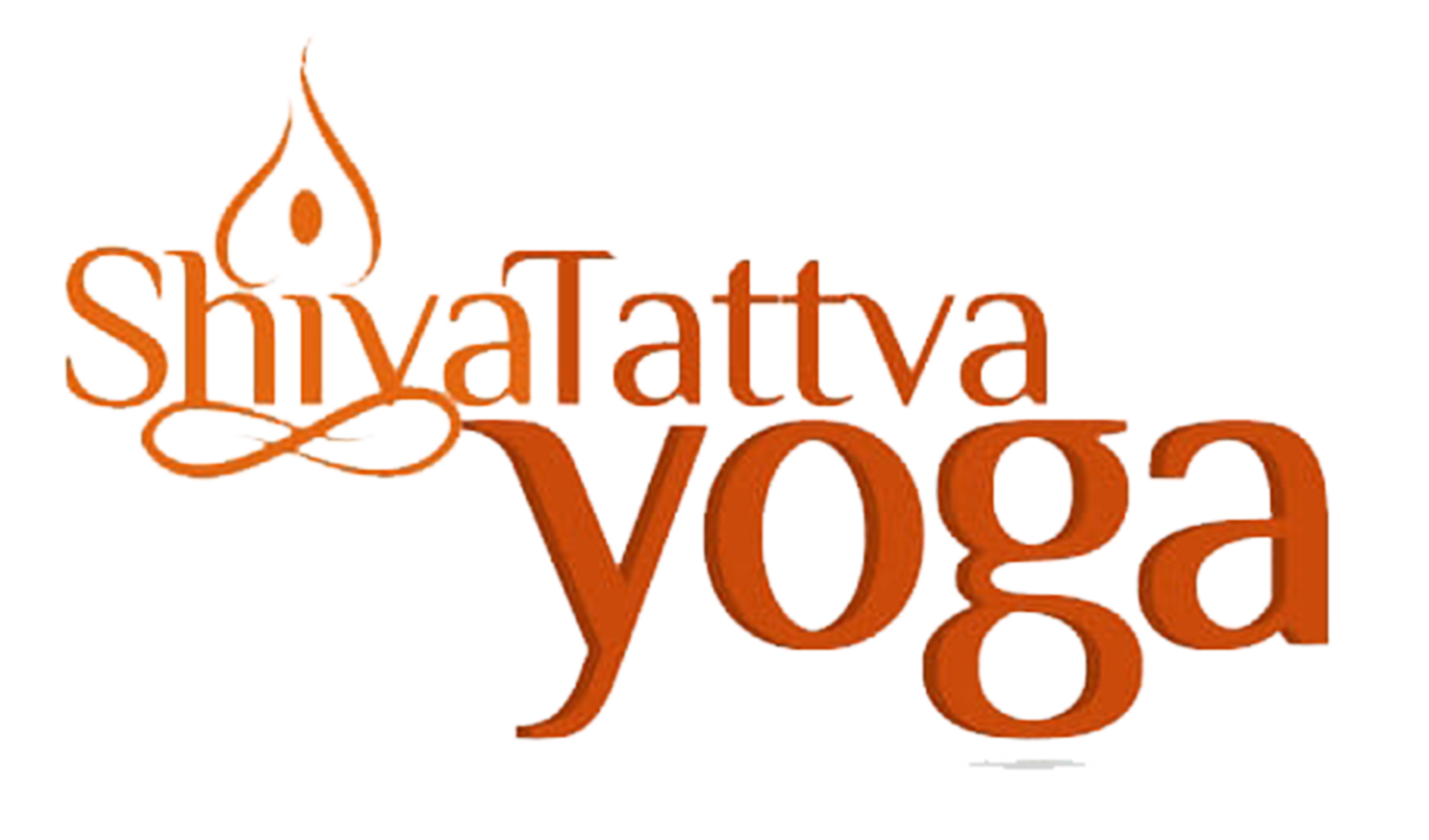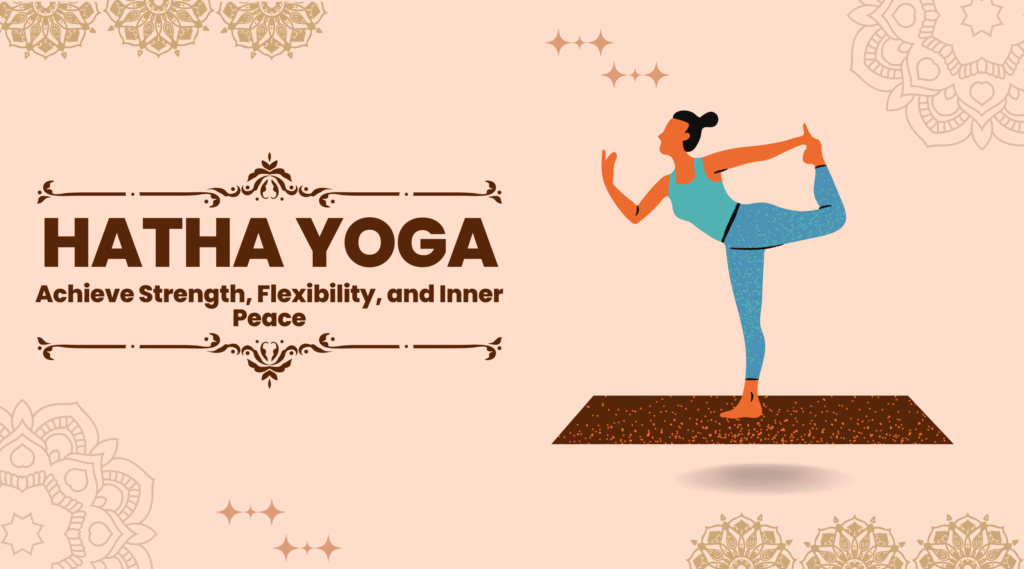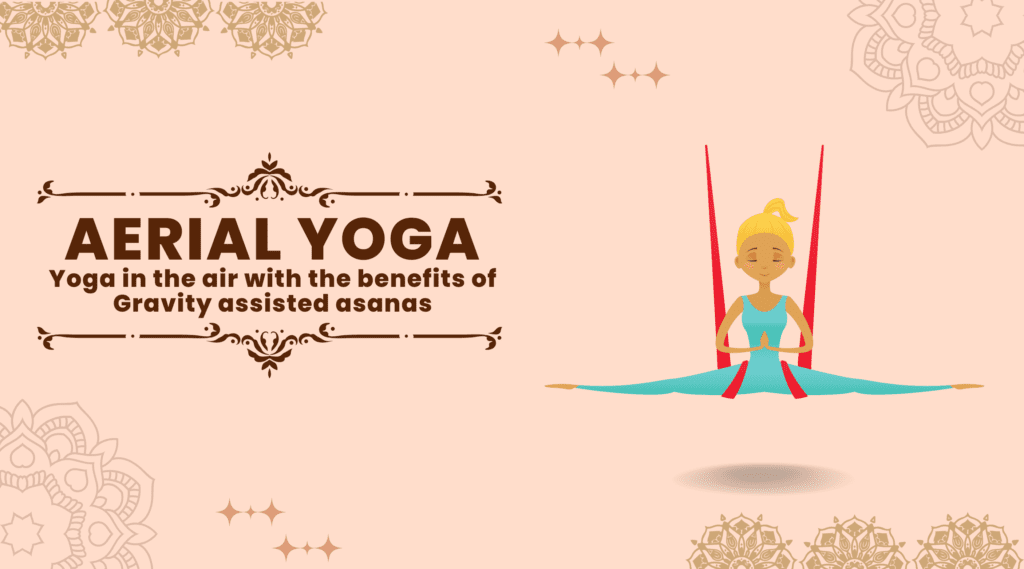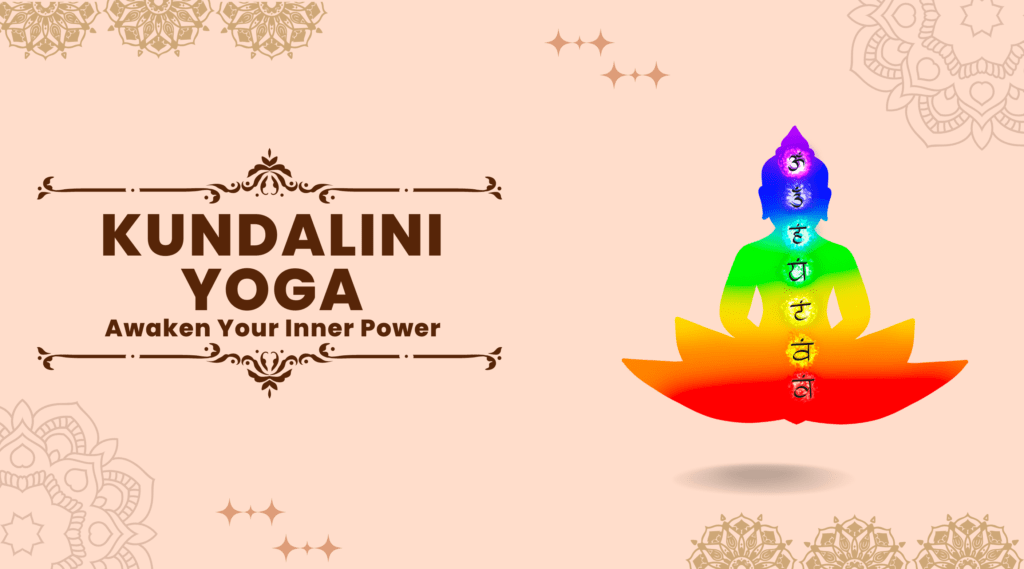Yoga for Sciatica: Embrace the power of yoga for healing sciatica pain
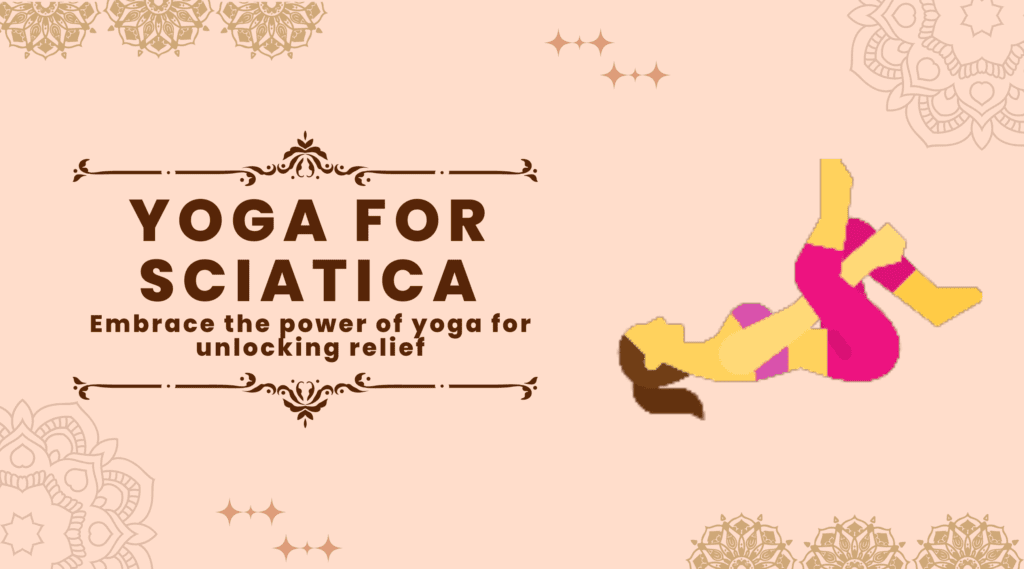
Introduction
Yoga for sciatica is an an effective way to heal the sciatica pain. Yoga is an ancient practice that uses physical postures (asanas), breathing exercises (pranayama), and meditation to promote overall health and well-being.
We can manage the condition of sciatic pain through yoga. Yoga can help in by stretching and strengthening the muscles that support the lower back and hips, improving circulation, and reducing inflammation. So It is always beneficial to incorporate Yoga for Sciatica pain.
What is Sciatica Pain?
Sciatica pain is a condition in which there is a compression or irritation in the sciatic nerve. Sciatic nerve runs from the lower back through the hips and down each leg. The compression or irritation causes pain in Sciatic nerve, and then this pain propagates to the lower back as well as legs.
Sciatica pain or Sciatic nerve pain can be debilitating and affect daily activities. This condition makes it difficult even to sit, stand, or walk for long periods. While there are various treatment options available, including medication and physical therapy, yoga is becoming increasingly popular. This is because yoga is a natural and effective way to alleviate sciatic pain.
Symptoms of Sciatica
Here are some important Sciatica pain symptoms as under:
1. Pain: The most common symptom of sciatica is a pain that radiates from the lower back and buttocks down one or both legs. The pain can be either sharp, shooting or burning as well as may be more severe in the leg than in the back.
Suggested: Best Yoga Retreats And Yoga Teacher Training In Rishikesh
2. Sciatica Numbness or tingling: Along with pain, you may experience numbness or tingling in the leg or foot. This can feel either like a pins-and-needles sensation or a loss of feeling altogether.
3. Weakness: In some cases, sciatica can also cause weakness in the affected leg. That makes it difficult to lift the foot or move the leg.
4. Difficulty standing or sitting: Sciatica pain can make it difficult to stand up straight or even sit for long periods of time. You may find yourself constantly shifting positions in order to alleviate the discomfort.
5. Lower back pain: While sciatica pain typically radiates down the leg, it can also cause lower back pain. But this condition occurs especially if the sciatic nerve is compressed in the lower back.
6. Bowel or bladder dysfunction: In severe cases, sciatica can also cause bowel or bladder dysfunction including incontinence. This is rare, but if you experience these symptoms, seek medical attention immediately.
These are some common symptoms of Sciatica nerve pain.
Sciatic Nerve Pain Causes
Sciatic nerve pain generally occurs because of compression or irritation of the sciatic nerve. However, some other most common causes of sciatic nerve pain are:
1. Herniated or bulging discs: The discs between the vertebrae in the spine act as shock absorbers and can become herniated or bulge out of place due to injury or wear and tear. When this happens, the disc can press against the sciatic nerve, causing pain.
2. Spinal stenosis: This is a condition where the spinal canal narrows, putting pressure on the spinal cord and the nerves that branch out from it, including the sciatic nerve.
3. Piriformis syndrome: The piriformis muscle is located in the buttocks, and the sciatic nerve runs beneath it. When the muscle becomes tight or spasms, it can compress the sciatic nerve, causing pain.
4. Degenerative disc disease: This is a condition in which the discs between the vertebrae break down over time, causing them to lose their cushioning effect and putting pressure on the sciatic nerve.
5. Spondylolisthesis: A condition where one vertebra in the spine slips forward over the one below it, causing the spinal canal to narrow and compressing the sciatic nerve.
6. Pregnancy: As the uterus expands during pregnancy, it can put pressure on the sciatic nerve, causing pain.
7. Trauma or injury: Any trauma or injury that affects the lower back, hips, or buttocks can irritate the sciatic nerve and cause pain.
8. Tumours or infections: In rare cases, tumours or infections in the lower back or hips can put pressure on the sciatic nerve, causing pain.
sciatic nerve pain location
Sciatic nerve pain can vary in location and different people may feel it differently. Some people may experience the sciatica pain in only one location, while others may feel it in several areas.
However the most common locations where sciatic nerve pain may be felt are as follows:
1. Lower back: Sciatic nerve pain often originates in the lower back, where the nerve roots that make up the sciatic nerve exit the spinal cord.
2. Buttocks: The pain may also be felt in the buttocks, particularly on one side.
3. Thigh: The pain may radiate down the back or side of one thigh, sometimes as far as the knee or even the foot.
4. Calf: In some cases, the pain may be felt in the calf, ankle, or foot, depending on where the sciatic nerve is being compressed or irritated.
Yoga Poses for Sciatica
Below are the best yoga poses for sciatic nerve pain or simply called sciatica pain:
1. Ardha Chandrasana (Half Moon Pose):
It is a standing balance pose in yoga that can help to improve strength, flexibility, and balance.
Here’s how to do it:
- Stand in Tadasana (Mountain Pose) at the top of your mat with your feet hip-width apart and your arms at your sides.
- Step your left foot back about 3-4 feet, turning your left foot out slightly and pointing your right foot forward.
- Now inhale and raise your arms up towards the ceiling, bringing your palms together.
- Now exhale and slowly lean your torso forward over your right leg, keeping your spine straight and your hips square.
- As you exhale, lift your left leg up behind you, keeping it straight and parallel to the floor.
- Once your left leg is lifted,turn your hips and torso towards the left, keeping your left foot flexed.
- Bring your left hand to your left hip and extend your right arm up towards the ceiling, reaching through your fingertips.
- Gaze up towards your right hand and hold the pose for several breaths.
- Now to come out of the pose, slowly lower your left leg to the ground and come back to standing position.
- Repeat the pose for the other side, stepping your right foot back and lifting your right leg.
Tips:
- Keep your standing leg strong and engaged throughout the pose to help maintain your balance.
- If you have trouble balancing, you can place your hand on a block or the ground for support.
- Focus on keeping your hips level and your spine straight throughout the pose.
- Don’t worry if you can’t lift your leg as high as you’d like – focus on maintaining good alignment and balance instead.
2. Balasana (Child’s Pose):
Child’s Pose is a restorative yoga pose that can help release tension in the back, shoulders, and neck.
Here’s how to do it:
- Kneel down on the floor, keep your knees hip-width apart and your big toes touching.
- Take a deep inhale and as you exhale,fold forward, bringing your torso down towards your thighs.
- As you fold forward, bring your forehead down to the mat and extend your arms forward, placing your hands on the ground in front of you.
- If it’s comfortable for you, you can keep your knees together or separate them slightly to allow your torso to fit comfortably between your thighs.
- Relax your shoulders and let your arms rest on the ground.
- Take several deep breaths in this pose, feeling the stretch in your back, hips, and thighs.
- To come out of the pose, slowly lift your torso up and come back to a kneeling position.
Tips:
- If you have trouble sitting back on your heels, you can place a folded blanket or cushion between your thighs and calves for extra support.
- If you have tight hips or knees, you can place a rolled-up blanket or towel under your knees to help release tension.
- If it’s uncomfortable to bring your forehead all the way down to the mat, you can stack your fists or place a block under your forehead for support.
- Child’s Pose is a great pose to come back to any time you need a break during your yoga practice or just to take a few deep breaths and relax.
3. Adho Mukha Svanasana (Downward-Facing Dog):
Downward-Facing Dog or Adho Mukha Svanasana helps to stretch and strengthen the entire body, including the arms, shoulders, back, hamstrings, and calves.
Here’s how to do it:
- Keep your hands and knees in a tabletop position, with your hands shoulder-width apart and your knees hip-width apart.
- Spread your fingers wide and press firmly into your hands, lifting your knees off the mat.
- Straighten your arms and legs, pressing your heels towards the ground. Your body must create an inverted V shape.
- Place your feet hip-width apart while hands are at a distance of shoulder-width. Your toes should point ahead straight or slightly outwards.
- Press your shoulder blades down towards your tailbone and engage your core muscles.
- Keep your head and neck relaxed, gazing towards your belly button or between your thighs.
- Hold the pose for several breaths, then slowly lower your knees back down to the mat.
Tips:
- If you have tight hamstrings or calves, you can bend your knees slightly to help lengthen your spine.
- If your wrists feel strained, you can modify the pose by using yoga blocks under your hands or coming down onto your forearms.
- It’s important to maintain proper alignment in the pose to avoid straining your neck or shoulders. Make sure your shoulders are away from your ears and your elbows are straight.
- Downward-Facing Dog is a great pose to come back to any time you need to stretch and energise your body.
4. Bhujangasana (Cobra Pose):
Cobra Pose (Bhujangasana)helps to strengthen the back, shoulders, and arms, while also stretching the chest and abdomen.
Here’s how to do it:
- Lay down on your stomach with your hands under your shoulders, palms facing down.
- Now press into your palms and lift your head and chest off the ground, using the strength of your back muscles to lift you up.
- Place your elbows close to your body while shoulders far from your ears.
- Engage your core muscles and lengthen through your spine, reaching the crown of your head towards the ceiling.
- Keep your gaze forward or upward, according to what you feel comfortable.
- Hold the pose for several breaths, then slowly lower your chest and head back down to the ground.
Tips:
- If you have a sensitive or injured back, you can modify the pose by lifting only your head and shoulders off the ground, or by placing a blanket or towel under your hips for extra support.
- It’s important to avoid using your arms to push yourself up into the pose. Instead, use the strength of your back muscles to lift you up.
- Keep your neck relaxed and avoid straining to look upward if it causes discomfort.
- Cobra Pose is a great pose to practise regularly to help improve posture and strengthen the back muscles.
5. Supta Kapotasana (Reclined Pigeon Pose):
Reclined Pigeon Pose helps to stretch the hip muscles and increase flexibility in the hips as well as lower back.
Here’s how to do it:
- Get your right lower leg over your left knee, flexing your right foot to safeguard your knee.
- Cross your right ankle over your left knee, flexing your right foot to protect your knee.
- Thread your right arm through the space between your legs and reach your hands around the back of your left thigh, while clasping your hands together.
- Use your hands to gently pull your left thigh towards your chest, feeling a stretch in your right hip.
- Keep your shoulders and neck relaxed, and breathe deeply into the stretch.
- Hold the pose for several breaths, then release and switch sides, crossing your left ankle over your right knee and repeating the pose on the other side.
Tips:
- If you have tight hips or lower back, you can modify the pose by using a yoga block or bolster under your head or back for support.
- It’s important to avoid pulling too hard on your legs, as this can cause strain or injury. Instead, use gentle pressure and allow your body to relax into the stretch.
- Reclined Pigeon Pose is a great pose to practise regularly to help improve flexibility in the hips and lower back.
6. Ardha Matsyendrasana: (Half Lord of the Fishes Pose)
Half Lord of the Fishes Pose helps to increase flexibility in the spine, hips, and shoulders, while also improving digestion and detoxification.
Here’s how to do it:
- Begin by sitting on the ground with your legs reached out before you.
- Bend your right knee and place your right foot on the ground, bringing your heel close to your left hip.
- Cross your left leg over your right knee, placing your left foot on the ground outside your right thigh.
- Inhale and lift your left arm straight up towards the ceiling, then exhale and twist your torso to the right, bringing your left arm to the outside of your right thigh.
- Put your right hand on the ground behind you for help.
- Continue to twist your torso and gaze over your right shoulder, feeling a stretch in your spine.
- Hold the pose for several breaths, then release and switch sides, crossing your right leg over your left and twisting to the left.
Tips:
- If you have a sensitive or injured back, you can modify the pose by sitting on a block or blanket for extra support.
- It’s important to avoid forcing your body into the twist. Instead, use your breath to gradually deepen the stretch.
- Keep your neck relaxed and avoid straining to look over your shoulder if it causes discomfort.
- Half Lord of the Fishes Pose is a great pose to practise regularly to help improve digestion and detoxification, as well as increase flexibility in the spine and hips.
7. Viparita Karani (Legs-Up-the-Wall Pose):
Legs-Up-the-Wall Pose helps to relieve tension in the legs, lower back, and hips, while also promoting relaxation and reducing stress.
Here’s how to do it:
- Sit while keeping your left side against the wall.
- Lie down on your back, and put your legs up against the wall so that your hips are in contact with the wall.
- Adjust your position so that your sitting bones are as close to the wall as possible, and your legs are straight up against the wall.
- If it’s comfortable, you can place a small cushion or folded blanket under your hips for extra support.
- Let your arms rest at your sides, palms facing up, and close your eyes.
- Breathe deeply and allow your body to relax into the pose, feeling a gentle stretch in your hamstrings and calves.
- Hold the pose for several minutes, then gently release by bending your knees and rolling to one side.
Tips:
- If you have tight hamstrings or lower back, you can modify the pose by placing a folded blanket under your lower back for extra support.
- You can also experiment with the position of your legs, such as bending your knees or widening them apart, to find the most comfortable and relaxing position for your body.
- Legs-Up-the-Wall Pose is a great pose to practise before bed or after a long day, as it can help to reduce stress and promote relaxation.
8. Baddha Konasana (Bound Angle Pose):
Bound Angle Pose is a yoga pose that helps to open the hips and groyne, while also promoting relaxation and reducing stress.
Here’s how to do it:
- Sit on the ground while keeping your legs stretched out before you.
- Bend your knees and take the bottoms of your feet together, permitting your knees to drop out to the sides.
- Hold your lower legs or feet with your hands.
- Inhale and lengthen your spine, lifting your chest and bringing your shoulders back.
- Exhale and gently press your knees towards the ground, feeling a stretch in your hips and groyne.
- Hold the pose for several breaths, then release and straighten your legs.
Tips:
- If you have tight hips or groyne, you can modify the pose by sitting on a cushion or folded blanket for extra support.
- You can also experiment with the position of your feet, such as bringing them closer or further away from your body, to find the most comfortable and effective position for your body.
- Bound Angle Pose is a great pose to practise before or after a workout, as it can help to stretch and release tension in the hips and groyne.
9. Setu Bandha Sarvangasana (Bridge Pose):
Bridge Pose or Setu Bandha Sarvangasana helps to stretch the chest, neck, spine, and hips while strengthening the legs, glutes, and lower back muscles.
Here’s how to do it:
- Lie on your back with your knees bent and your feet flat on the ground, hip-distance apart.
- Put your arms along your sides while palms facing down.
- While inhaling, press your feet and arms into the ground as well as lift your hips up towards the ceiling.
- Clasp your hands underneath your pelvis and roll your shoulders under, keeping your elbows close to your body.
- Hold the pose for several breaths, pressing down through your feet and lifting your hips higher.
- On an exhale, release your hands and gently lower your hips back down to the ground.
Tips:
- If you have tight shoulders or neck, you can modify the pose by keeping your arms at your sides instead of clasping your hands underneath your pelvis.
- You can also experiment with the position of your feet, such as bringing them closer or further away from your body, to find the most comfortable and effective position for your body.
- Bridge Pose is a great pose to practise before or after a workout, as it can help to stretch and strengthen the muscles in the back, hips, and legs.
10. Pawanmuktasana (Wind Pose):
Wind Pose helps to relieve digestive issues, release tension in the lower back, and promote overall relaxation.
Here’s how to do it:
- Lie down on your back, keeping your arms along the sides and your legs straightened.
- On a breathe out, take your knees to your chest and fold your arms over them.
- Clasp your hands together and gently pull your knees towards your chest.
- Hold the posture for a few breaths and feel a stretch in your lower back and hips.
- While exhaling, release your knees and extend your legs back out onto the ground.
- Repeat the pose several times, alternating which knee you bring towards your chest first.
Tips:
- If you have difficulty wrapping your arms around your knees, you can modify the pose by holding onto your shins instead.
- You can also experiment with the position of your legs, such as bringing them closer or further away from your body, to find the most comfortable and effective position for your body.
- Wind Pose is a great pose to practise in the morning to help stimulate digestion and energise the body.
11. Salabhasana (Locust Pose):
Locust Pose helps to strengthen the back muscles, improve posture as well as stretch the shoulders and chest.
Here’s how to do it:
- Lie on your stomach with your arms at your sides as well as your forehead resting on the mat.
- While inhaling, lift your legs, chest, and arms off the mat as high as you comfortably can.
- Look forward while keeping your neck in a neutral position.
- Hold the pose for several breaths, feeling the strength in your back muscles and the stretch in your chest and shoulders.
- While exhaling, release the pose and lower your legs, chest, and arms back down onto the mat.
Tips:
- If you have difficulty lifting your entire upper body off the mat, you can modify the pose by lifting just your chest and arms.
- You can also experiment with the position of your legs, such as lifting them slightly wider or closer together, to find the most comfortable and effective position for your body.
- Locust Pose is a great pose to practise before or after a workout, as it can help to warm up the back muscles and improve spinal mobility.
Conclusion
Practising yoga can definitely be a beneficial way to manage and alleviate the symptoms of sciatica pain. Yoga poses can help to stretch and strengthen the muscles that surround the sciatic nerve, relieve tension in the lower back and hips, and improve overall spinal mobility.
Overall, incorporating yoga into your daily routine can be a helpful and natural way to manage sciatic pain and improve your overall physical and mental well-being.
